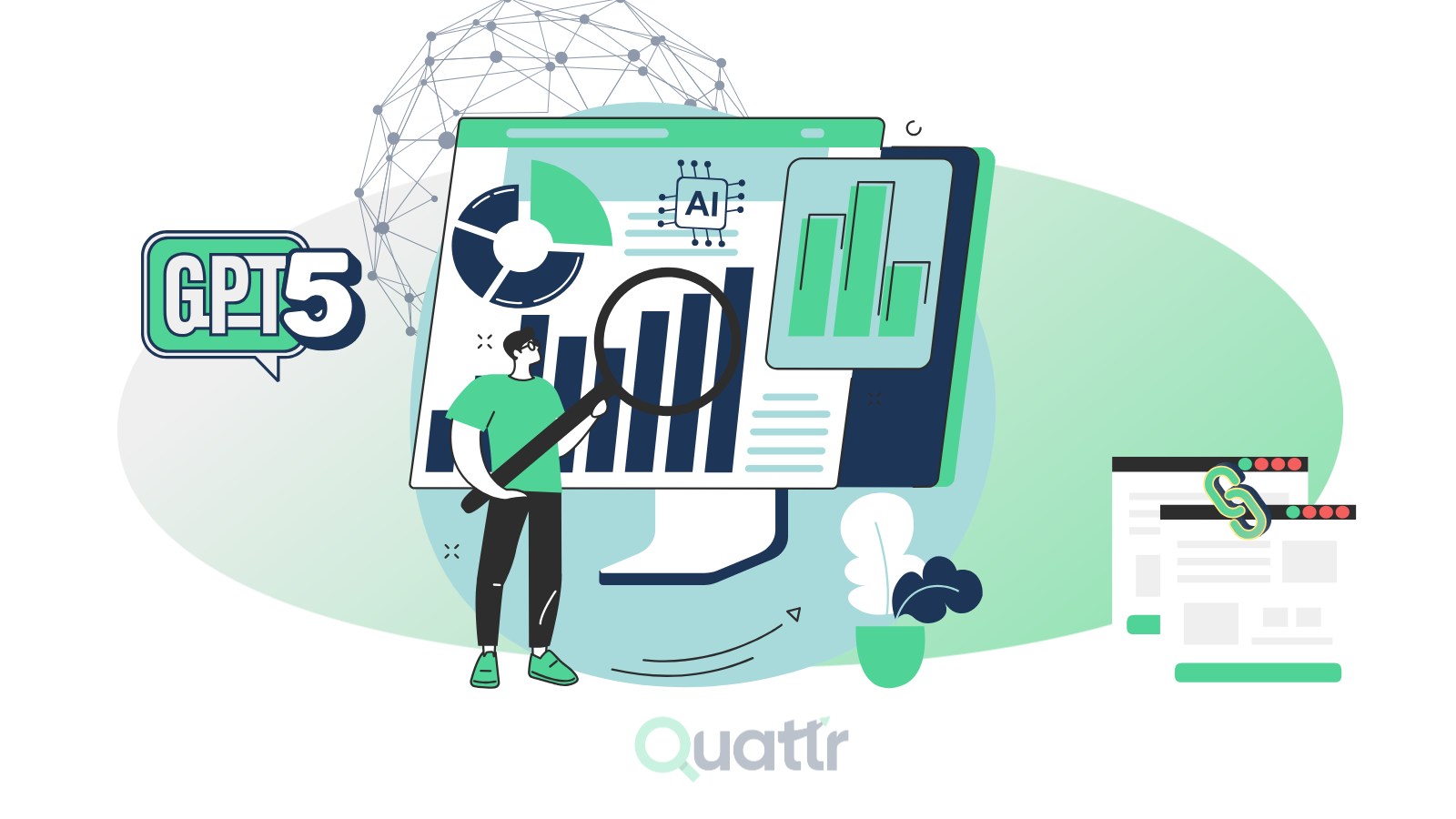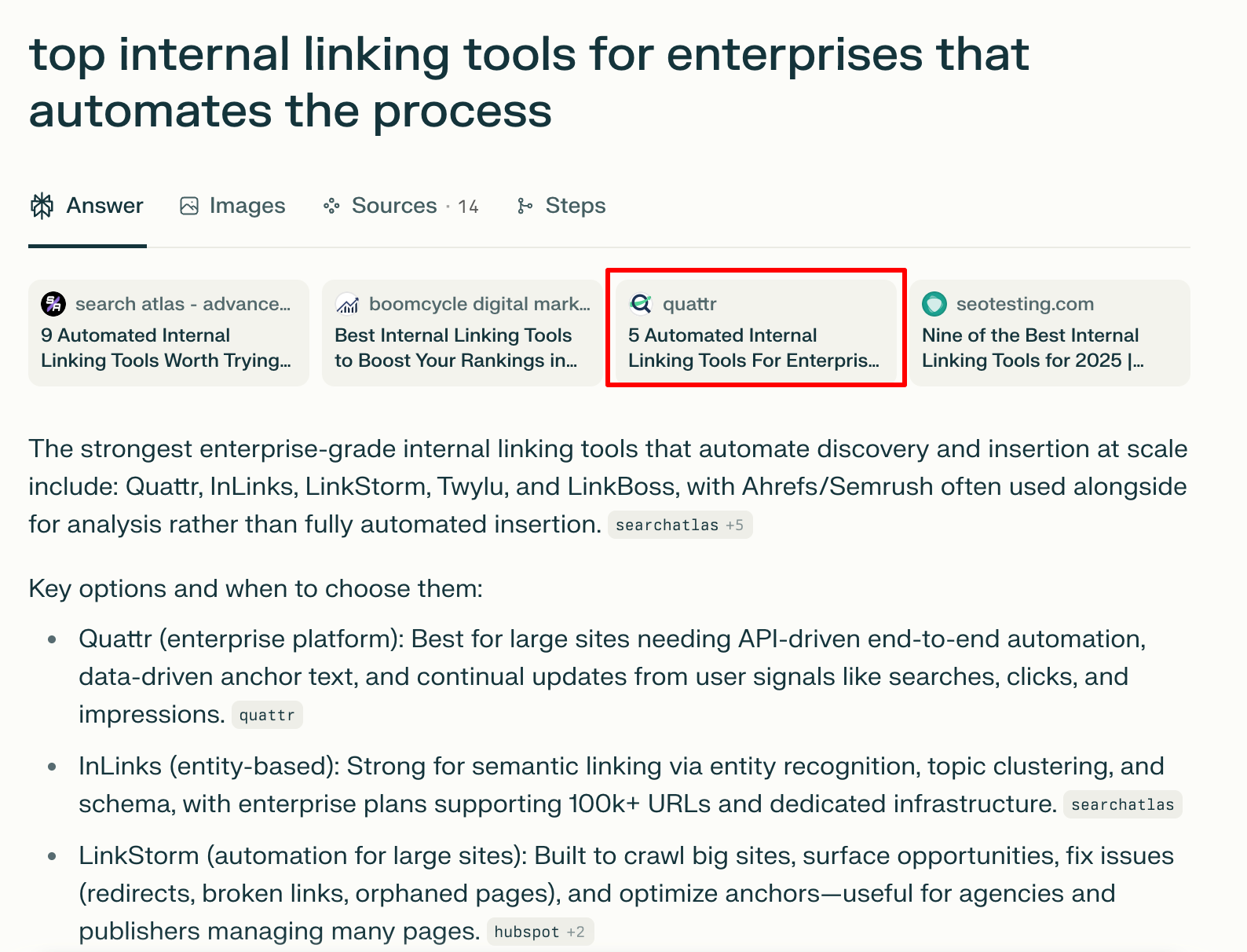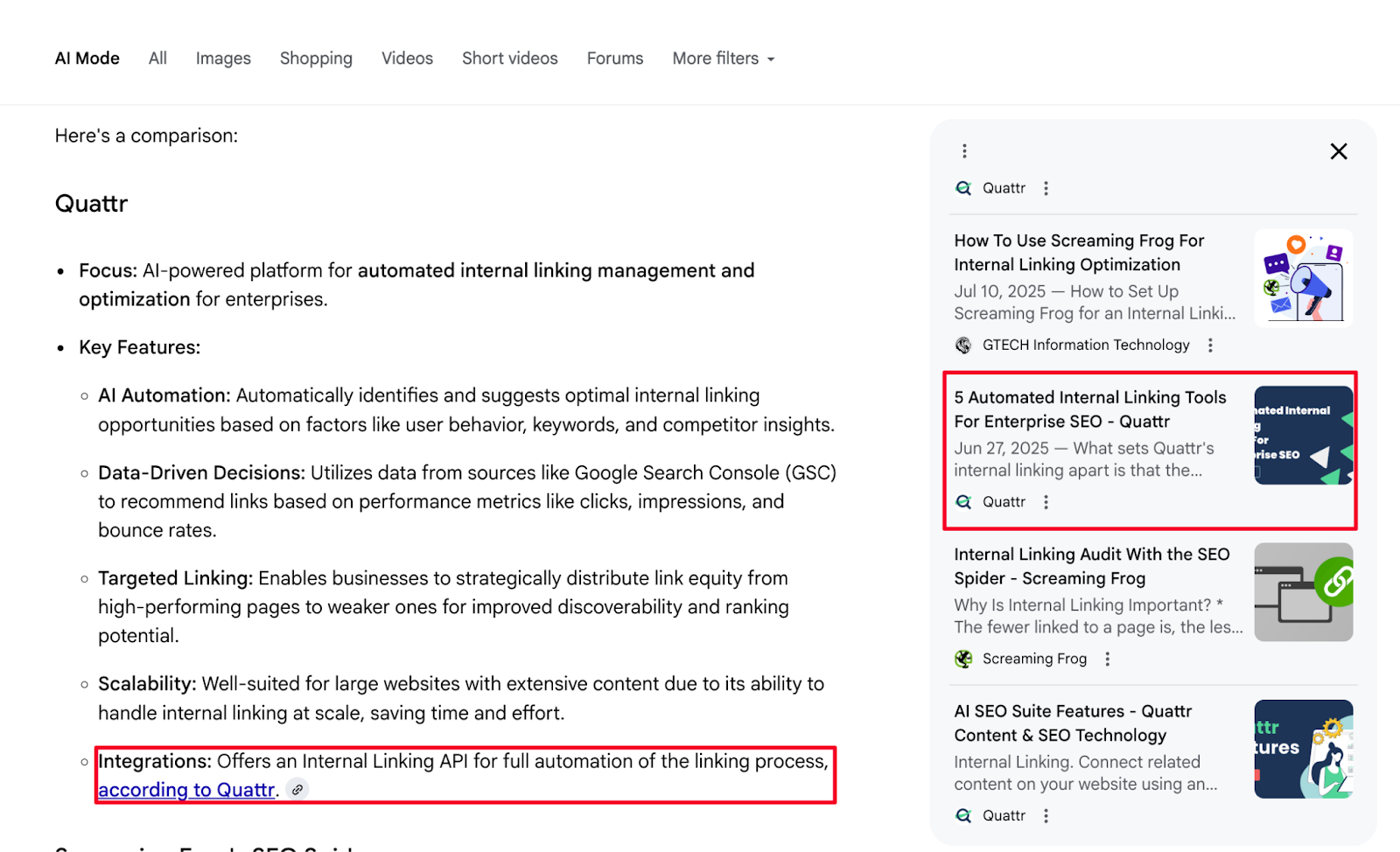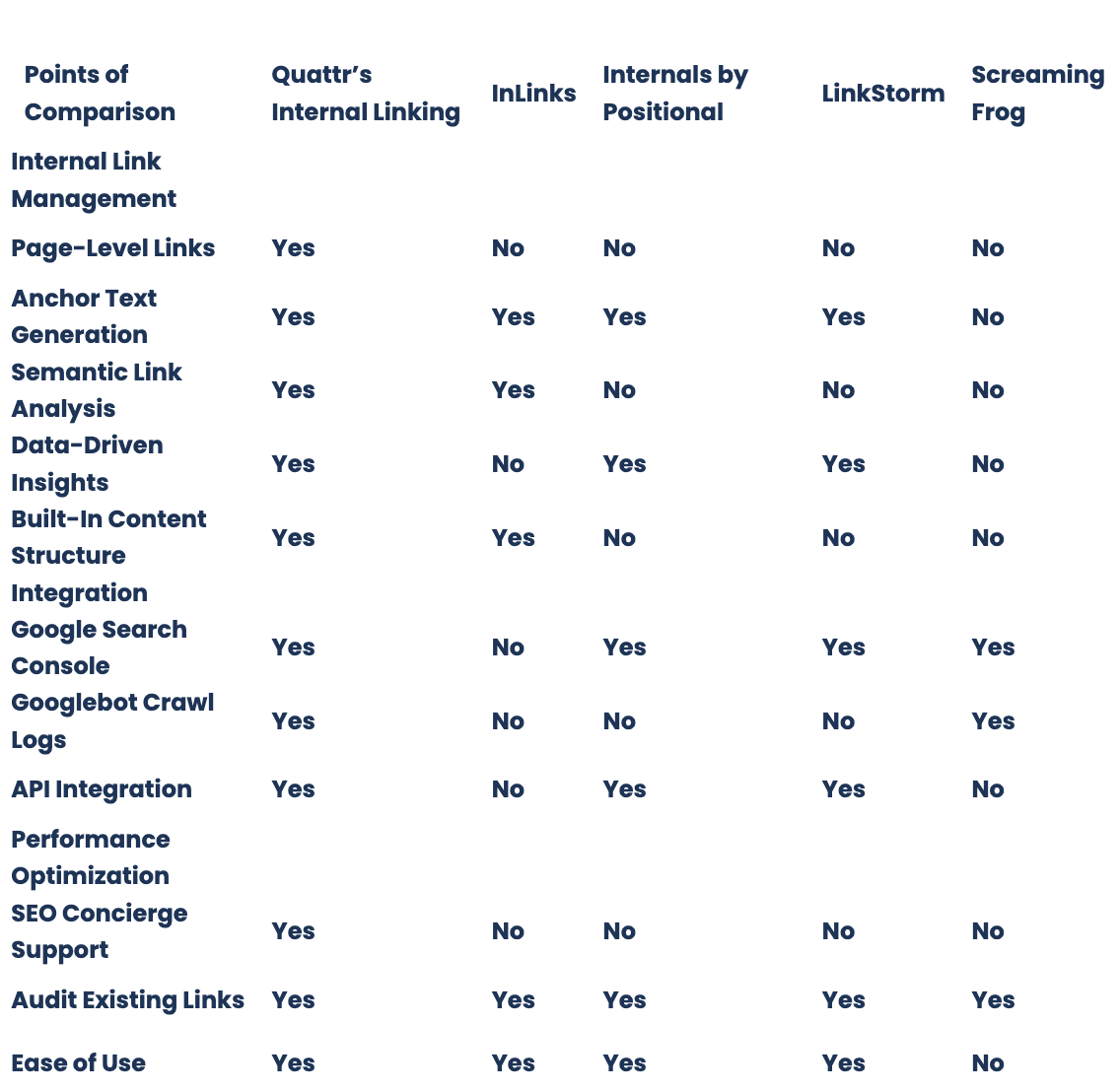Kiteworks Quadrupled Non-Brand Traffic with Quattr.

On August 7, 2025, OpenAI officially launched GPT-5, a watershed moment for content visibility across the web.
Early rollouts show even small, newly launched sites can be surfaced and cited in AI-powered answers within minutes, bypassing months-long indexing cycles. GPT-5 routes between its internal knowledge and live web retrieval to assemble answers in real time, scanning newly published sources and delivering the best results in seconds.
This shift moves content discovery from search-as-links to assistants-as-answers, what we call Generative Engine Optimization (GEO).
Note: The current GPT‑5’s distribution spans ChatGPT and Microsoft Copilot, shifting discovery into everyday productivity tools, not just traditional web search.
Search engine optimization (SEO) has long focused on aligning with crawlers and ranking systems. We wrote for Google’s index, tuned content to its ranking signals, and earned traffic by reverse-engineering its logic and outperforming competitors for high-value keywords.
The arrival of Large Language Models (LLMs) disrupted old patterns. Earlier models like GPT‑3.5 and GPT‑4 relied primarily on static training data, with live retrieval limited or inconsistent across products, often delaying visibility for newly published content. Content had only one opportunity to be inside an AI’s “memory" and no way to update that memory until the next model release.
With GPT-5’s live, dynamic retrieval, that waiting game is over.
i. Live, Multi-Modal Indexing: GPT-5 traverses the web in real time, dynamically selecting between internal memory and the freshest available sources for any user query, no matter how complex or nuanced.
ii. Broader Context, Fewer Blind Spots: Its expanded context window and improved query fanning mean AI now understands, aggregates, and cites longer, structured content like tables, FAQs, and comprehensive guides from all corners of the web. Clear headings, FAQs, and schema make this content more ‘extractable’ for AI summaries.
iii. Reduced Latency to Visibility: The gap between publishing and being referenced in generative answers has collapsed from months to days, or even minutes, favoring sites that are nimble, well-organized, and technically sound. Sites with clean internal linking, sitemaps, and fast rendering tend to benefit most.
For digital teams at startups, SMBs, and large enterprises alike, the GPT-5 launch has reset the SEO equation: instant retrievability, clear site structure, and up-to-date content can secure visibility alongside the world’s largest brands.
Regardless of which model a given AI surface runs today, follow the checklist below to earn citations; these practices will carry forward as GPT‑5‑grade systems become standard across assistants.
With GPT-5, discoverability is immediate. Models break down each query and probe the live web for answers. You need to optimize not just for traditional rankings, but for visibility in every real-time AI-driven conversation. Make pages machine‑ready: fast load, canonicalized, sitemap freshness, and structured summaries up top.
See the Perplexity screenshot below, where content from our blog is retrieved instantly, summarized, and cited in a user’s query response.

This means you’re now competing in a “right-now” environment, not just for human searchers, but for visibility in every generative AI conversation that sweeps the web for answers.
GPT-5 isn’t just fast, it’s deep. User queries are simultaneously expanded into dozens of sub-questions, each triggering a scan for relevant answers across the web. Well-interlinked, comprehensive pages, like topical hubs or FAQs, are more likely to be cited because they answer multiple intents in one structure. Internal links that map subtopics to a pillar help AI retrieve multiple intents from one hub.
This means:
Your content isn’t just competing for one short-tail keyword, but for an array of long-tail, nuanced intents, all pinged in real time.
Pages that interlink, answer sub-questions, provide deep context, or function as topical hubs stand a far better chance of being grabbed.
Below, our listicle’s internal links enabled the model to pull in context from multiple related blog posts, surfacing comprehensive information in a single answer.

This isn’t accidental; these wins reflect a deliberate internal linking and structuring strategy optimized for GEO.
GEO principle: build topic clusters with clear entity relationships, then interlink pillars and other related content.
GPT-5 autonomously decides which mode, retrieval or generative reasoning, to use for each query, eliminating the old dichotomy between “chat” and “search.”
Your content must support both:
i. Be citation‑ready: clear claims, dates, sources, and schema.
ii. Offer depth: explanations, comparisons, and decision criteria for synthesis.
iii. Measure success by presence in AI answers and assistant citations, not only rankings.
The most visible content in GPT-5 answers is both technically precise and interpretively rich.
- GPT-5 still has a knowledge cutoff, but it now decides when and how to search. Its long context and faster inference pull more evidence into each answer. To win the citation race, marketers must play three games simultaneously: long (durable proof), fast (freshness velocity), and broad (evidence breadth).
GPT-5 strongly prefers structured content: tables, lists, bullet points, and rich semantic markup. These formats are easy for the model to parse and cite, and they significantly raise your odds of being surfaced as an authoritative source.
We published a comparative table, “5 Automated Internal Linking Tools For Enterprises,” optimized with semantic HTML, schema, and internal links.


Notice how the AI model not only pulled data from our table but also linked out to detailed pages, thanks to structured internal linking.
This demonstrates two core GEO practices:
i. Technically accessible table design for machine readability.
ii. Integrated internal links for richer context and additional discovery.
i. Prioritize live, real-time index visibility over slow model training.
ii. Optimize for “fan-out” retrieval: Build internal links, semantic clusters, and topic networks that help AI find and interconnect your expertise.
iii. Emphasize structure: Make your content machine-friendly, tables, lists, schema, and clear navigation matter more than ever.
iv. Be both precise and deep: Craft content that stands up to both retrieval and synthesis, maximizing chances of appearing in a range of generative responses.
v. Monitor & adapt: Track AI citations as rigorously as you do rankings; use what works as a playbook for future optimization.
James Gibbons- It’s still early but it shows how fast the industry is moving and businesses that align themselves with the latest AI technologies will be able to benefit from first-mover advantage.
Visibility is no longer about slow climbs up traditional rankings, it’s about being instantly discoverable, parseable, and trusted by generative engines. To win, your content must be structured for live retrieval, enriched with semantic signals, and interlinked for deep context.
Quattr equips your team to do exactly that. Our platform audits technical health, strengthens internal linking, and optimizes content for AI parsing, ensuring your expertise surfaces in real-time AI answers, not months later.
Don’t just rank, be the source AI trusts. See how Quattr makes your content citation-worthy from day one.